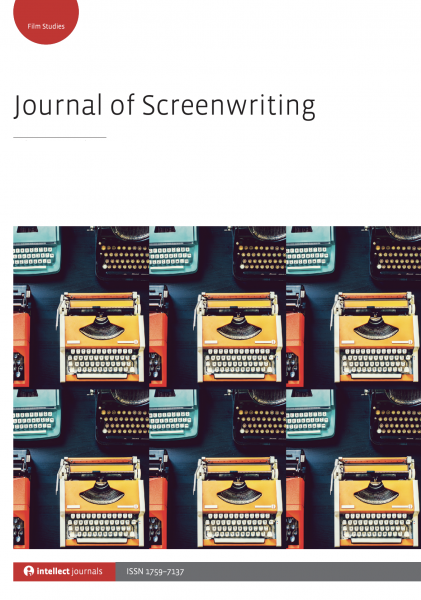Subscribe to Rosanne’s Channel and receive notice of each new video!
When the folks hosting the conference announced their theme as “Screen Narratives: Chaos and Order” the word ‘chaos’ immediately brought to mind writers rooms. I offered a quick history of writers rooms (the presentations are only 20 minutes long) and then quoted several current showrunners on how they compose their rooms and how they run them.
Transcript:
Tina Fey obviously has run a couple of shows quite well and I like what she has to say about what happens in the room.
Her voice is always so clear. You know that’s her — that humor she can’t keep away from. That’s really kind of interesting and they run the room together — and a married couple — that’s a unique and interesting way to run a room right and that’s true for 30 Rock and Kimmy Schmidt and he did the music for her broadway play on Mean Girls. Now when I was on Touched by Angel, we had a whole lot of other things that we learned. I began in the business as a receptionist and then I became a writer’s assistant on these shows, so I sat in these rooms as these ideas were being broken. I got to watch the evolution of that job which was a new thing letting someone in the room with the writers. They hadn’t done that before but with the advent of computers, they wanted someone to keep a log of who said what. So we always had that information. So that was interesting to me. Then I was I did freelance writing and all the shows before I got on staff.
For more information on the Screenwriting Research Network, visit
* A portion of each sale from Amazon.com directly supports our blogs
** Many of these books may be available from your local library. Check it out!
Podcast: Play in new window | Download
Subscribe: RSS
![21 In The Room Where It Happens from How The Chaos Of Collaboration in the Writers Room Created Golden Age Television [Video]](https://rosannewelch.com/wp-content/uploads/2021/07/srn-porto-21.jpg)




![20 A-Not-So Safe Space on Friends from How The Chaos Of Collaboration in the Writers Room Created Golden Age Television [Video]](https://rosannewelch.com/wp-content/uploads/2021/07/srn-porto-20.jpg)
![19 Make It A Safe Space from How The Chaos Of Collaboration in the Writers Room Created Golden Age Television [Video]](https://rosannewelch.com/wp-content/uploads/2021/07/srn-porto-19.jpg)


![18 Fresh Off The Boat from How The Chaos Of Collaboration in the Writers Room Created Golden Age Television [Video]](https://rosannewelch.com/wp-content/uploads/2021/06/srn-porto-18.jpg)

![17 Representation from How The Chaos Of Collaboration in the Writers Room Created Golden Age Television [Video]](https://rosannewelch.com/wp-content/uploads/2021/06/srn-porto-17.jpg)
